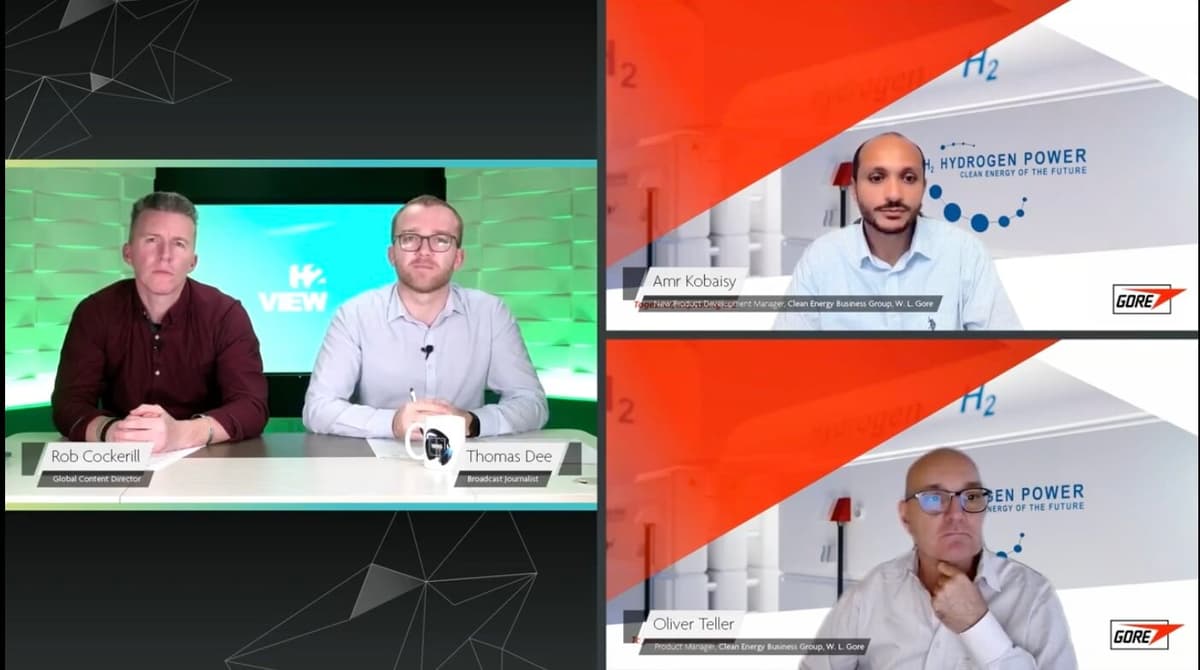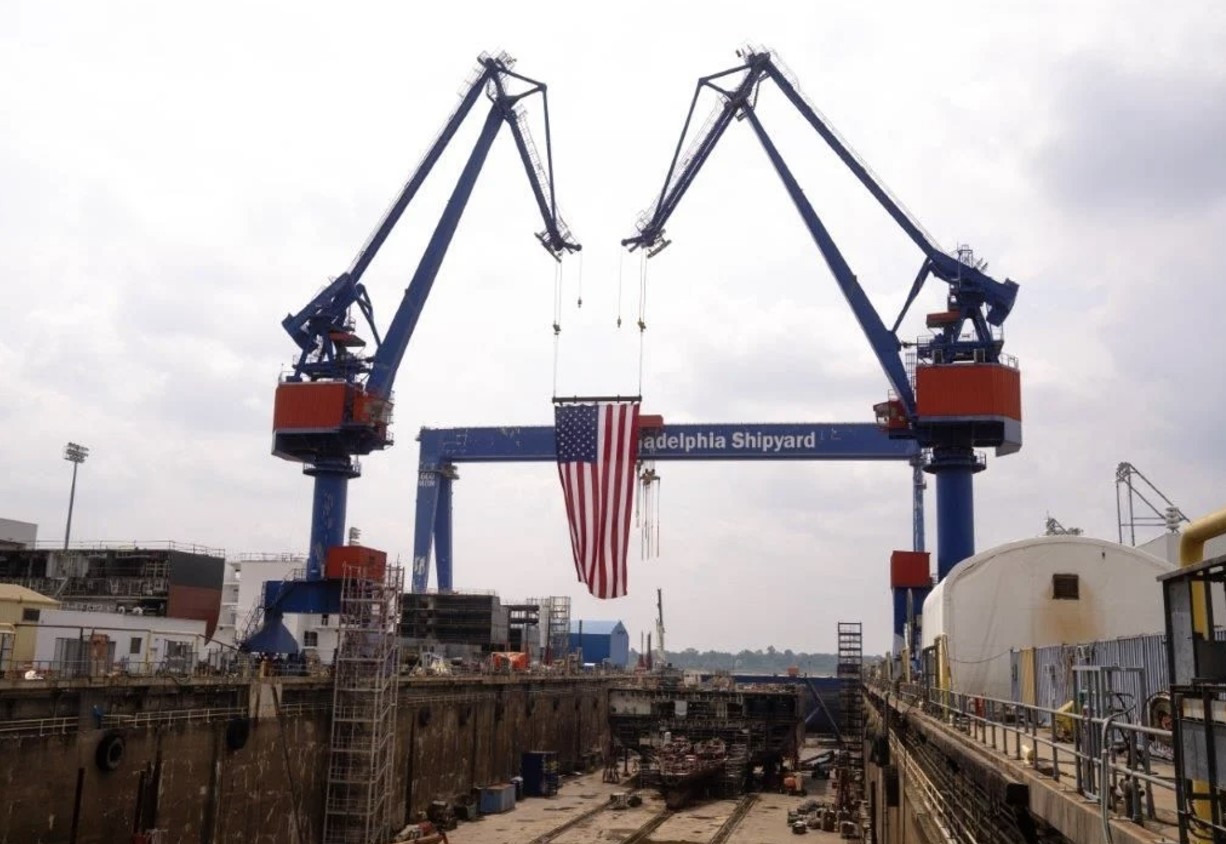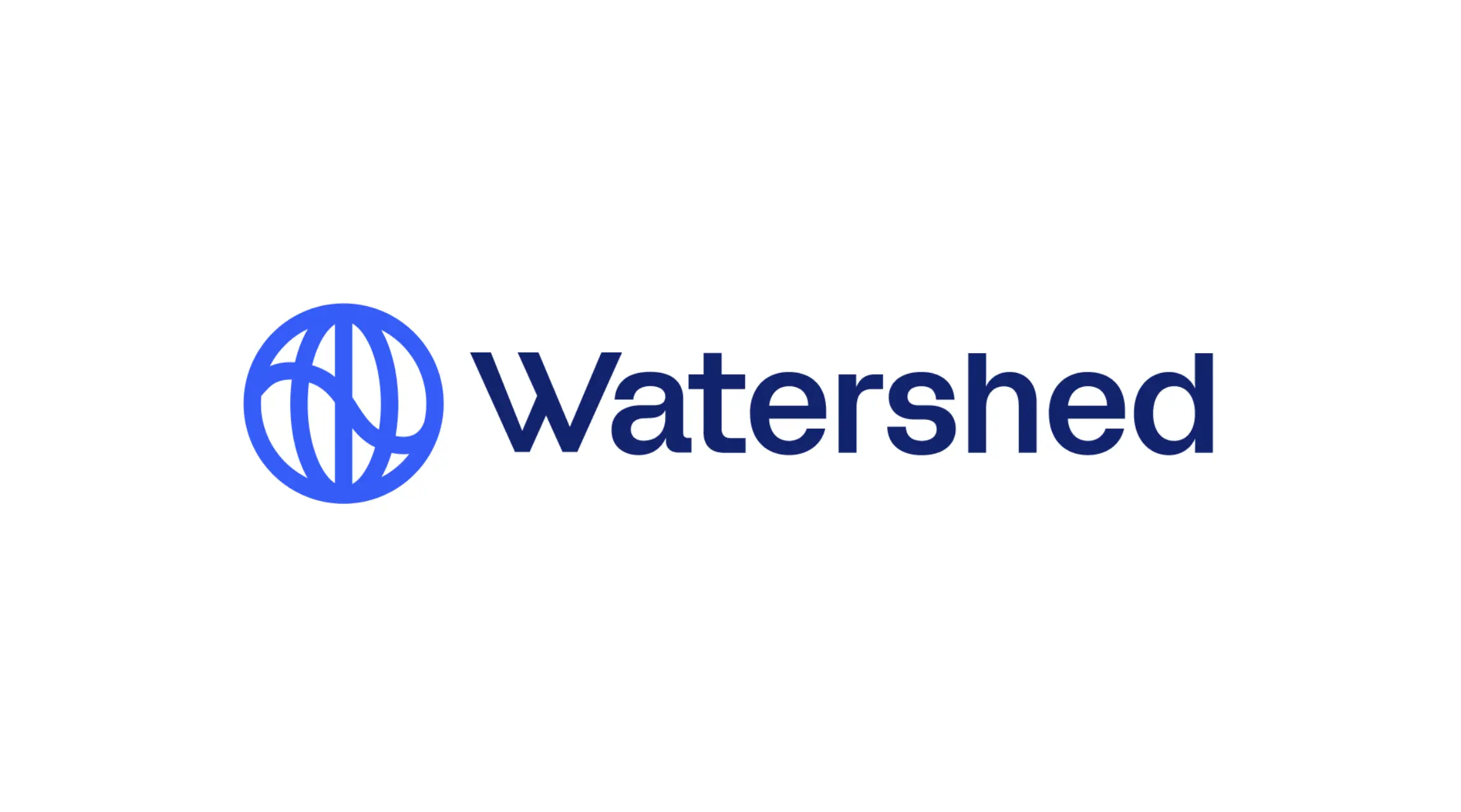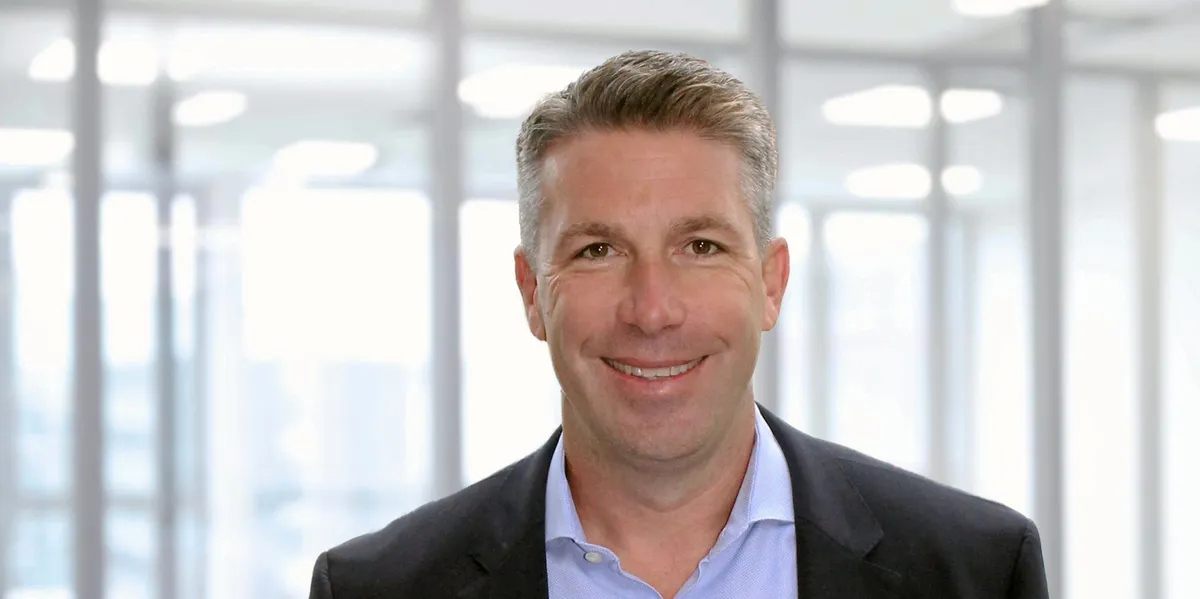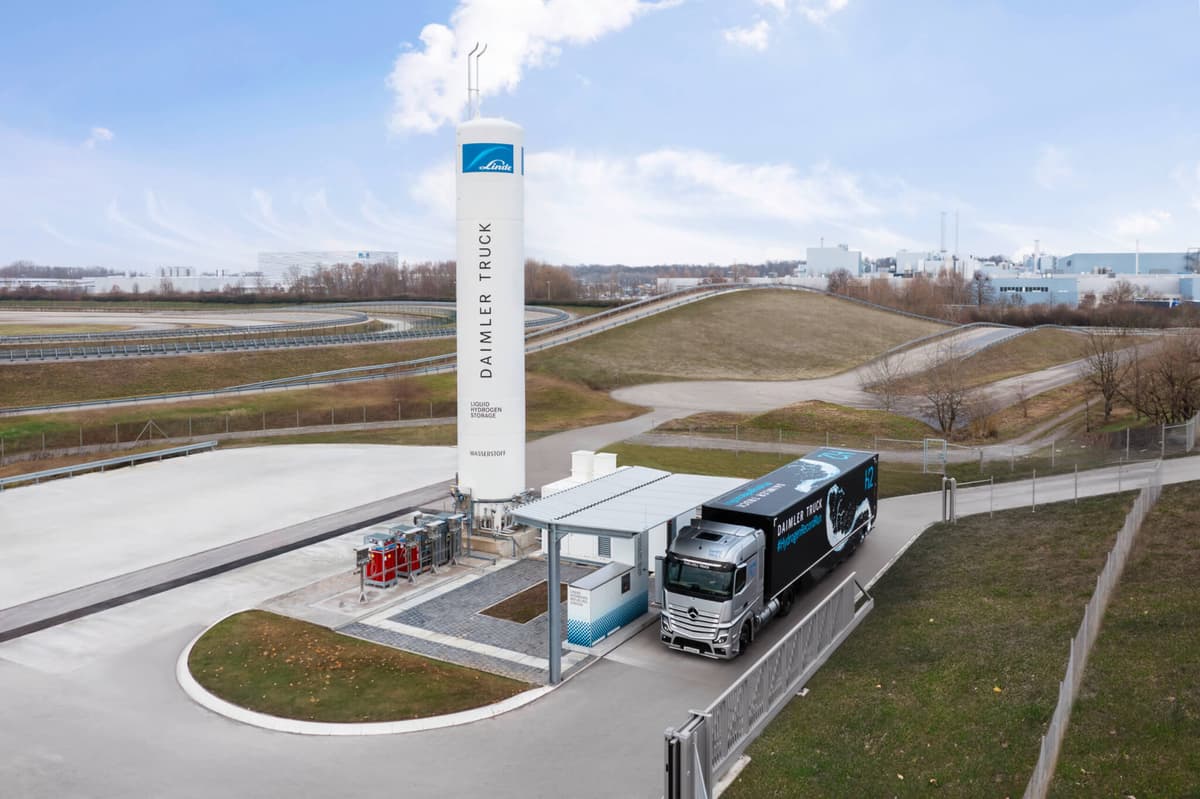
Daimler Truck and Linde Engineering have jointly developed refuelling technology for subcooled liquid hydrogen (sLH2).
Unlike regular liquid hydrogen refuelling technology, the new process uses a sLH2 pump to slightly increase the pressure of the fuel, with refuelling time expected to take around 10-15 minutes for a 40-tonne heavy-duty truck with a capacity of 80kg.
In comparison with gaseous hydrogen, this approach also provides a higher storage density, greater range, lower costs, and increased energy efficiency. The technology is expected to lower the required investment for a hydrogen refuelling station “by a factor of two to three”, with operational costs being “five to six times lower.”
A new public sLH2 refuelling station has been established in Wörth am Rhein, Germany, boasting an energy consumption of only 0.05KWh/kg, requiring approximately 30 times less energy when compared with conventional gaseous hydrogen refuelling. The sLH2 will be provided by Linde.
The station will be used by selected logistics customers for initial customer trials with the Mercedes-Benz GenH2 Truck from mid-2024.
Read more:Daimler’s hydrogen-powered trucks to be trialled by Amazon, Air Products and more
To develop a common refuelling standard for hydrogen-powered trucks, the technology has been made openly available via an ISO standard.
What is subcooled liquid hydrogen?
Subcooled liquid hydrogen is liquid hydrogen cooled below its normal boiling point without changing its phase to solid.
Hydrogen becomes a liquid at extremely low temperatures. Subcooling it involves reducing the temperature of the liquid hydrogen even further, while still maintaining it in a liquid state.
Subcooling liquid hydrogen can lead to increased density, improved stability, and enhanced performance in cryogenic systems.
“Zero-emission transport needs three factors,” explained Andreas Gorbach, Member of the Board of Management of Daimler Truck AG. “The right battery-electric and hydrogen-powered vehicles; the required infrastructure network; and cost parity for zero-emission vehicles compared to diesel trucks.
“In terms of vehicles, the transformation is in full swing.”
Gorbach added that the company can now call on other OEM and infrastructure companies to join the two companies’ approach and “jointly make this technology an industry standard.”
The Executive Vice-President of Linde plc and CEO of Linde Engineering, Juergen Nowicki, claimed the technology developed in collaboration with Daimler Truck will “help pave the way for the development of a robust refuelling network, which is essential to keep vehicles moving and supply chains intact.”
The refuelling process
© Daimler Truck / Andreas Gorbach, Juergen Nowicki, and Petra Dick-Walther
Due to the robust insulation in the refuelling hose and the design of the interfaces between the nozzle and fuel tank, the process is safe without the possibility of spillage.
During the process, cryogenic liquid hydrogen at -253°C can be filled into two connected 40kg tanks mounted on either side of the truck’s chassis, without the need for safety gear.
The process also avoids “boil-off effects and return gas,” which is gas from the vehicles tank returning to the filling station. This means only one nozzle is needed to fill the tanks, making the technology easier to handle, according the two companies.
sLH2 is anticipated to enable a range of 1,000km and more. This was demonstrated last year (2023), when a Mercedes-Benz GenH2 truck prototype completed Daimler Truck’s #HydrogenRecordRun, covering 1,047km on one fill of 80kg of liquid hydrogen.


